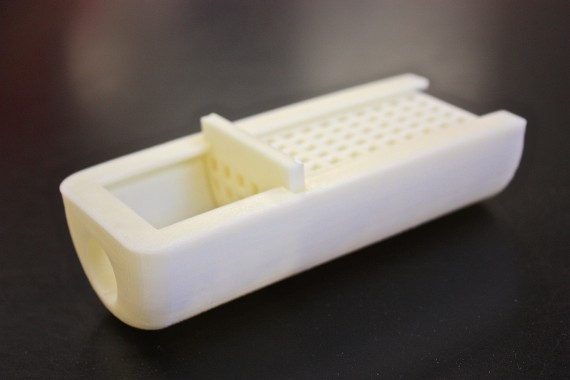
A group of nine innovative secondary school students from Mississauga, Ontario, think they’ve found the solution to microbead pollution in the Great Lakes. The student team has worked together for seven months to design a filtration system to be added to the end of existing sewage filtration systems, which would target microbeads and small plastics specifically.
Microbeads are tiny pieces of plastic — often about half a millimeter in size — commonly found in toothpastes, face washes and body scrubs to exfoliate the skin. With their small size, microbeads easily slip through filtration systems and enter waterways. Due to environmental concerns, microbeads have been banned by a number of countries — including the United States — and major companies, such as Johnson & Johnson’s and L’Oreal.
The students’ filtration system would use an electrical current to charge and attract microbeads, which workers would then clean out, before the beads enter the Great Lakes. In March, the student team became one of 11 finalists in the Canadian Samsung Solve for Tomorrow competition, earning $20,000 for their idea. They’re now aiming for one of the competition’s top two prizes of $50,000 and a spotlight on the AsapSCIENCE YouTube channel. The students say the prize money could put their project in action in the real world.
To follow the competition, visit samsung.com/ca/solvefortomorrow.
[Photo from Maham Abedi/HuffPost Canada]


